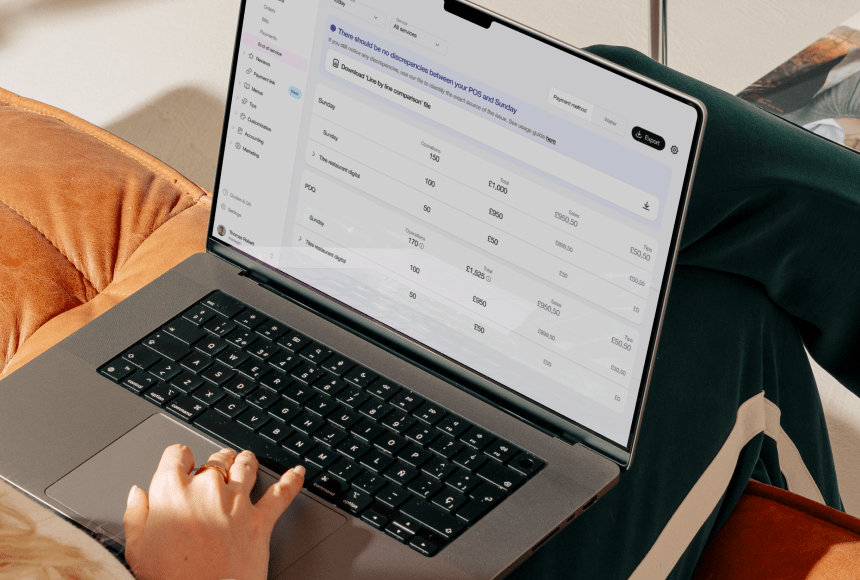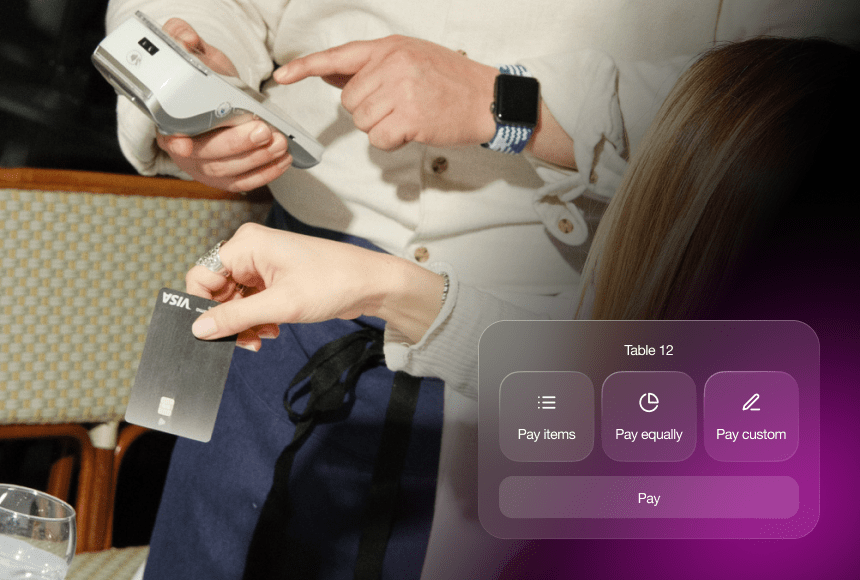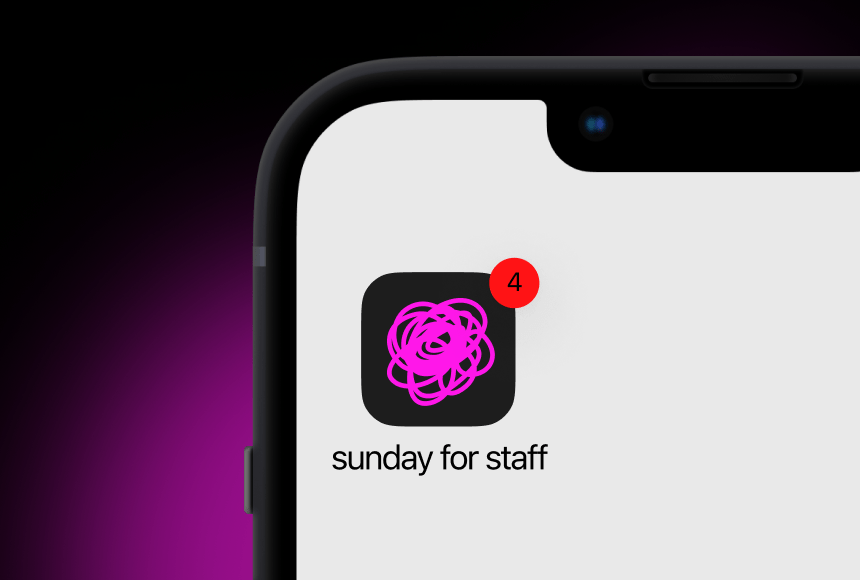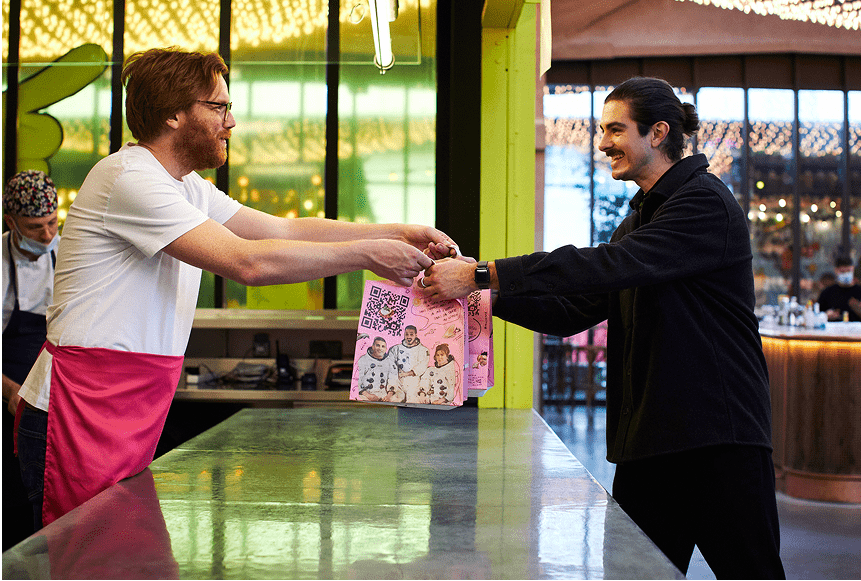
Design a High-Converting Digital Menu and Watch Your Restaurant Flourish
The Rising Popularity of Digital Menus in the UK
When the pandemic accelerated the need for contactless solutions, many restaurants in the UK discovered the power of digital menus. While the public health crisis might have subsided, these modern menus have stuck around—and for good reason. They’re quick to update, easily accessible, and can be customised on the fly.
Diners appreciate the convenience of scanning a QR code and viewing a menu on their phone. In fact, according to a report by the National Restaurant Association (https://restaurant.org/research/reports), tech-savvy guests prefer digital tools because they reduce waiting times and let them control how quickly or slowly they want to browse.
But the real question most owners ask is: How do I make my digital menu do more than just look pretty? You want your menu to convert browsers into loyal diners, and you want vous—your guests—to feel confident and excited about their choices. Let’s explore what it means to build a digital menu that actually boosts revenue.
Key Elements That Make Your Digital Menu Convert
Imagine you’ve just opened a new bistro in London. You’ve modernised your décor and hired a top-notch chef. Guests walk in, get settled, and then scan your QR code. Suddenly, they’re confronted with an overly complex digital menu full of tiny text and complicated subcategories. Frustrating, right?
A digital menu that performs well strikes the perfect balance between aesthetics and functionality. Here are some essential elements you’ll want to consider.
- User-Friendly Layout: Make sure guests can navigate intuitively. Group sections logically—starters, mains, desserts, beverages—and place them in distinct tabs or categories.
- Quality Images: High-resolution (but not heavy to load) photos of each dish can spark a diner’s appetite. Too many restaurants skimp on decent visuals, but a mouthwatering photo can quickly seal the deal.
- Clear, Concise Descriptions: You don’t want to overwhelm the reader with a long narrative. Instead, describe key ingredients, highlight dietary details (vegan, gluten-free), and keep the text short and inviting.
- Prominent Call-to-Action: Whether it’s “Add to Order”, “Build Your Own Pizza”, or “Choose Your Spice Level”, make sure the action is easy to spot. A well-placed button or highlighted text can make all the difference.
- Brand Consistency: Your restaurant isn’t just about food; it’s about an experience. Stick to your brand colours, font style, and tone. This fosters a seamless transition from the décor of your physical space to the digital realm.
Remember, the digital menu is your direct line of communication with hungry customers. Handle these details well, and you’ll create a menu that doesn’t just look good—it converts.
Practical Design Tips for a Seamless User Experience
Some menus captivate at first glance. They pull diners in, telling a story of what they can expect from their meal. Others are cluttered, slow to load, and simply lead to confusion. Want to keep your guests on side? Here are some practical tips for perfecting the user experience.
1. Choose Readable Fonts and Sizes
Avoid complicated typefaces that look artistic but are hard to read. Stick to something clear and modern. Aim for a font size that prevents squinting—even if someone left their reading glasses at home.
2. Optimise for Mobile Devices
In today’s world, most digital menus are viewed on smartphones. Ensure your platform is responsive, meaning it automatically adjusts to a variety of screen sizes. Text and images should load quickly, with minimal scrolling or zooming.
3. Streamline Navigation
Too many clicks mean frustrated diners. The journey from scanning the code to adding items to the cart (if you offer online ordering) should be short and seamless. Provide clear category divisions and easy ways to jump between them.
4. Incorporate Engaging Imagery and Descriptions
Simple icons, subtle animations, or short videos can help highlight signature dishes or seasonal specials. Just make sure not to overdo it. A smattering of tasteful visuals can keep the menu dynamic without distracting from the main event—your food.
5. Keep the Ordering Process Simple
If you plan to go beyond just viewing and let guests order from their smartphone, reduce the number of steps to finalise an order. For example, having a clear “Add to Basket” button, preserving order details at the top of each page, and including a “View Basket” link can improve the shopping experience.
Integrating Payment Solutions for Effortless Checkout
Picture this scenario: a tableful of friends finishing their meal, laughing loudly, ready to split the bill. Then the staff brings over a card machine, and the queue of credit cards begins. In a lively environment, that can be disruptive. So, why not make it simpler?
By integrating a payment solution directly into your digital menu, vous can let guests pay the moment they’re done choosing their items or after they’ve finished their meal. Platforms like sunday offer a seamless experience with QR code-based table payments. This approach cuts down on waiting, simplifies splitting the bill, and even nudges diners to leave a tip or a Google review in just a few taps.
Here’s what to look for when adding a payment solution:
- Security: Prioritise methods that use encryption and are PCI-DSS compliant, ensuring customer data remains safe.
- Speed: Look for solutions that provide a near-instant transactional process, so you don’t keep guests waiting.
- Integration with Your POS: A good payment solution should sync with your existing point-of-sale system to keep track of orders in real time, eliminating human error and double entries.
- Ease of Use: If a guest has to jump through hoops, they’re less likely to follow through. Opt for a straightforward checkout process with minimal screens and steps.
When you remove the pain of complicated transactions, you’re not just offering convenience—you’re creating an experience your diners remember and appreciate.
Leveraging Analytics to Continuously Improve
Think of your digital menu as a living document. It’s never truly “done” because both culinary trends and customer tastes evolve constantly. One of the biggest perks of going digital is the real-time feedback loop you can get.
Let’s say your new pan-seared salmon dish has been on the menu for two weeks. You can track exactly how many times it’s been viewed and how many times people added it to their cart. Did you get a flurry of interest that led nowhere? Maybe the description or the price point is turning people away. Or perhaps there wasn’t enough visual appeal—time to add a more vivid photo.
Here’s how to capitalise on analytics:
- Monitor Click-Through Rates (CTR): Start by observing which items receive the most clicks. If a particular special is ignored, you may need to reposition it or adjust pricing.
- Review Time Spent on Page: If guests are lingering on certain sections—like “Vegan Specials”—that’s a clue you should expand the selection or promote it more.
- Analyse Dish Performance: Compare how often a dish is viewed to how often it’s actually ordered. Any option with high views but low conversions might need a revamp.
- Experiment with Menu Layouts: Swap sections, rename categories, or highlight certain items. Then check if the changes had a positive impact on orders.
For example, according to an article from Forbes (https://www.forbes.com/sites/forbesbusinesscouncil/2022/06/07/leveraging-digital-menus-to-improve-customer-engagement), restaurants that regularly update and track their digital menu data see a notable boost in upselling opportunities and overall sales. Embracing analytics means you’ll adapt faster, staying one step ahead of your competition.
Your Next Step to a More Profitable Restaurant
Humans eat with their eyes first—an old saying, but undeniably true. And in the digital era, we’re also “eating” with our fingertips and our devices. A well-crafted digital menu can significantly influence not just what guests order but how they experience your establishment from start to finish.
It’s not just about having a functional menu; it’s about crafting something that encourages diners to stick around, explore, and spend more. Integrate a streamlined payment solution for a frictionless checkout. Observe your analytics to refine your offerings and adapt quickly.
Digital menus are more than just a fad; they’re a valuable tool to optimise the customer journey. Whether you own a hip café or a traditional pub, a high-converting digital menu can be the difference between so-so sales and a truly thriving business.
And remember, converting diners isn’t about being pushy; it’s about understanding what they want and delivering it in an appealing way. Let your personality shine through. Keep the flow simple, the design tasteful, and the update process easy. If you’re consistent and thoughtful with the details, you’ll watch your revenues rise—one tap at a time.
At the end of the day, a digital menu that genuinely converts is all about combining practicality with a dash of creativity. By focusing on user experience, compelling visuals, and a smooth payment process, vous build trust, foster loyalty, and encourage repeat visits.
Your restaurant’s success story is ready to be written digitally—so why wait?
Find out more today
Drop us your details below and we’ll reach out within the next 24
Get the full, detailed picture.
sunday elevates your business with insightful data, instant feedback and precise analytics.




